Rising Energy Demand
The SAARC Transmission Line Market is experiencing a notable surge in energy demand, driven by rapid urbanization and industrialization across member countries. As populations grow and economies expand, the need for reliable electricity supply becomes paramount. For instance, India, which constitutes a significant portion of the SAARC region, has projected an increase in electricity demand by approximately 6.5 percent annually. This rising demand necessitates the expansion and enhancement of transmission infrastructure to ensure efficient energy distribution. Consequently, investments in transmission lines are likely to increase, fostering growth within the SAARC Transmission Line Market. Furthermore, the integration of advanced technologies in transmission systems may enhance capacity and reliability, addressing the challenges posed by this escalating demand.
Technological Advancements
Technological advancements are significantly influencing the SAARC Transmission Line Market. Innovations in transmission technologies, such as High Voltage Direct Current (HVDC) systems, are enhancing the efficiency and reliability of electricity transmission. These technologies allow for the long-distance transmission of electricity with minimal losses, which is particularly beneficial for the SAARC region, where geographical challenges exist. Moreover, the adoption of smart grid technologies is expected to revolutionize the management of electricity distribution, enabling real-time monitoring and control. As these technologies become more prevalent, they are likely to attract investments and drive growth within the SAARC Transmission Line Market. The integration of such advanced systems may also facilitate the incorporation of renewable energy sources, further enhancing the sustainability of the region's energy infrastructure.
Cross-Border Electricity Trade
The potential for cross-border electricity trade is emerging as a significant driver for the SAARC Transmission Line Market. Member countries are increasingly recognizing the benefits of sharing electricity resources, which can lead to enhanced energy security and cost savings. Initiatives such as the India-Bangladesh power trade agreement exemplify the growing trend towards regional cooperation in energy supply. By establishing robust transmission lines that connect countries, the SAARC region can optimize its energy resources, balancing supply and demand more effectively. This collaborative approach not only strengthens the SAARC Transmission Line Market but also promotes economic integration among member states. As countries work towards establishing a more interconnected energy grid, the demand for transmission infrastructure is likely to rise, further propelling market growth.
Government Initiatives and Policies
Government initiatives play a crucial role in shaping the SAARC Transmission Line Market. Various member states are implementing policies aimed at improving energy security and promoting cross-border electricity trade. For example, the South Asian Association for Regional Cooperation (SAARC) has been actively encouraging collaboration among member countries to develop a unified energy market. This includes the establishment of transmission lines that facilitate electricity exchange, thereby enhancing regional energy security. Additionally, financial incentives and subsidies for infrastructure development are being introduced, which could potentially stimulate investments in the transmission sector. Such government-led initiatives are likely to create a conducive environment for the growth of the SAARC Transmission Line Market, fostering collaboration and investment across borders.
Focus on Renewable Energy Integration
The increasing focus on renewable energy integration is a pivotal driver for the SAARC Transmission Line Market. As countries within the region strive to meet their energy needs sustainably, the incorporation of renewable energy sources such as solar and wind is becoming essential. For instance, India aims to achieve 450 GW of renewable energy capacity by 2030, necessitating the development of transmission lines that can accommodate this influx of renewable energy. The SAARC Transmission Line Market is likely to benefit from investments aimed at enhancing grid infrastructure to support renewable energy projects. Furthermore, the establishment of dedicated transmission corridors for renewable energy can facilitate efficient energy distribution, thereby promoting the overall growth of the market. This shift towards sustainable energy solutions is expected to reshape the transmission landscape in the SAARC region.


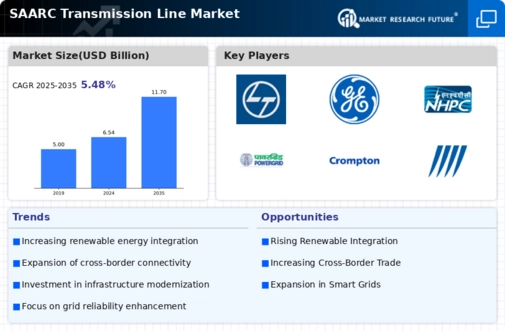
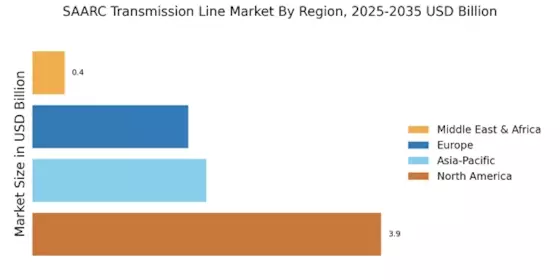
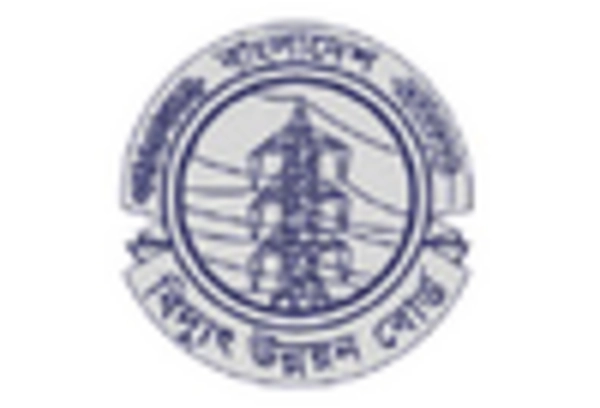
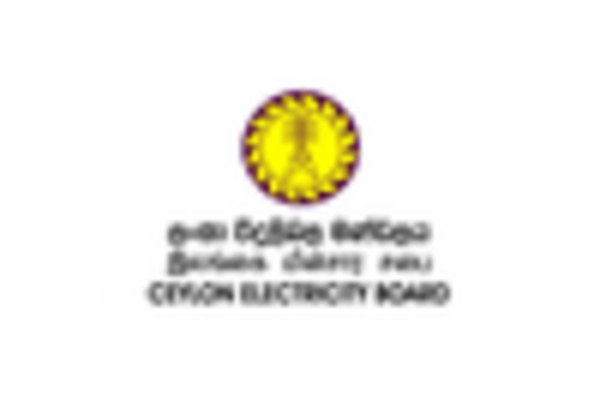
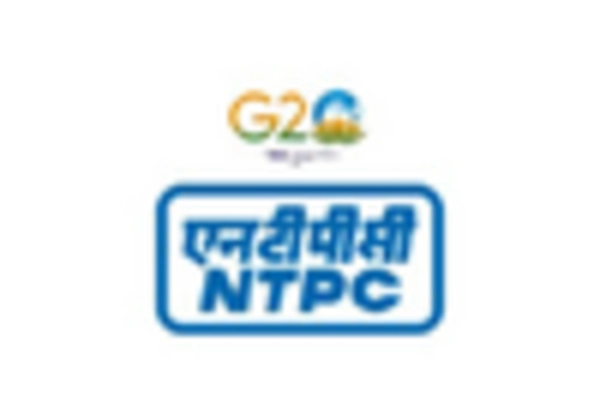

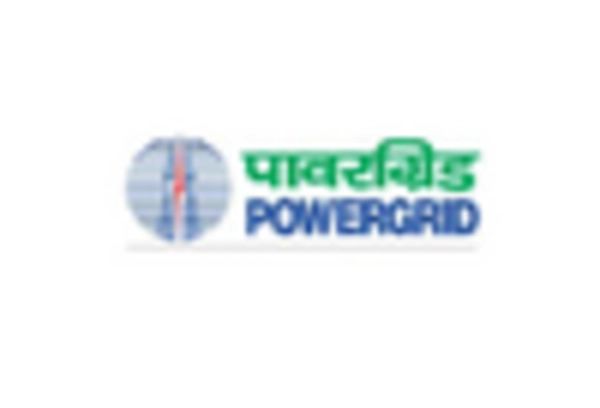
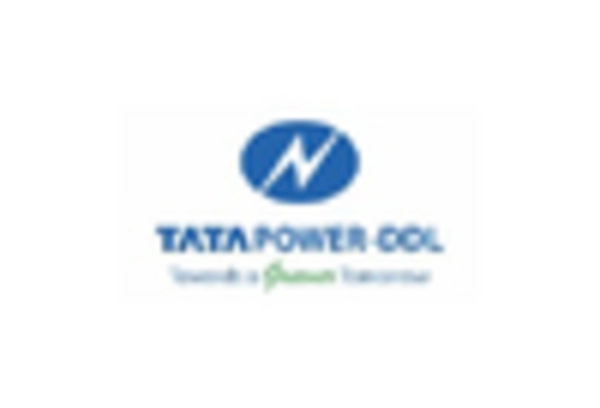








Leave a Comment